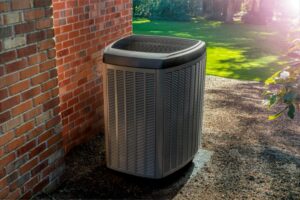Blog B.M.C. Clower Heating & Air Conditioning’s Blog

Why Does My Heat Pump Keep Shutting Off in Owings, MD?
In the springtime, your heat pump should be able to cool your home in Owings, MD, in a cycle of 10 to… Continue Reading Why Does My Heat Pump Keep Shutting Off in Owings, MD?

Why Does My Furnace in Silver Spring, MD, Run Constantly?
When a heating system begins to run irregularly, it can negatively impact your bills and indoor comfort. The causes behind this issue… Continue Reading Why Does My Furnace in Silver Spring, MD, Run Constantly?

Should I Install a New Heat Pump in Redland, MD?
After 10 to 15 years, you might find your heat pump Redland, MD, is beyond repair and requires replacing. There are several… Continue Reading Should I Install a New Heat Pump in Redland, MD?

5 Signs You Need a Furnace Replacement in Ashton, MD
When you have problems with your furnace, the prospect of replacing it can add tremendous stress. Consider these five signs that will… Continue Reading 5 Signs You Need a Furnace Replacement in Ashton, MD

3 Signs You Need a New Boiler in Solomons, MD
Boilers provide hot water and general indoor heating for many homeowners in Solomons, MD. If you’re one of them, it’s important to… Continue Reading 3 Signs You Need a New Boiler in Solomons, MD

Save Money By Scheduling Heating Maintenance Today
Maintaining your furnace, boiler or heat pump in Kensington, MD, is critical for various reasons. Scheduling heating maintenance in the fall preserves… Continue Reading Save Money By Scheduling Heating Maintenance Today
